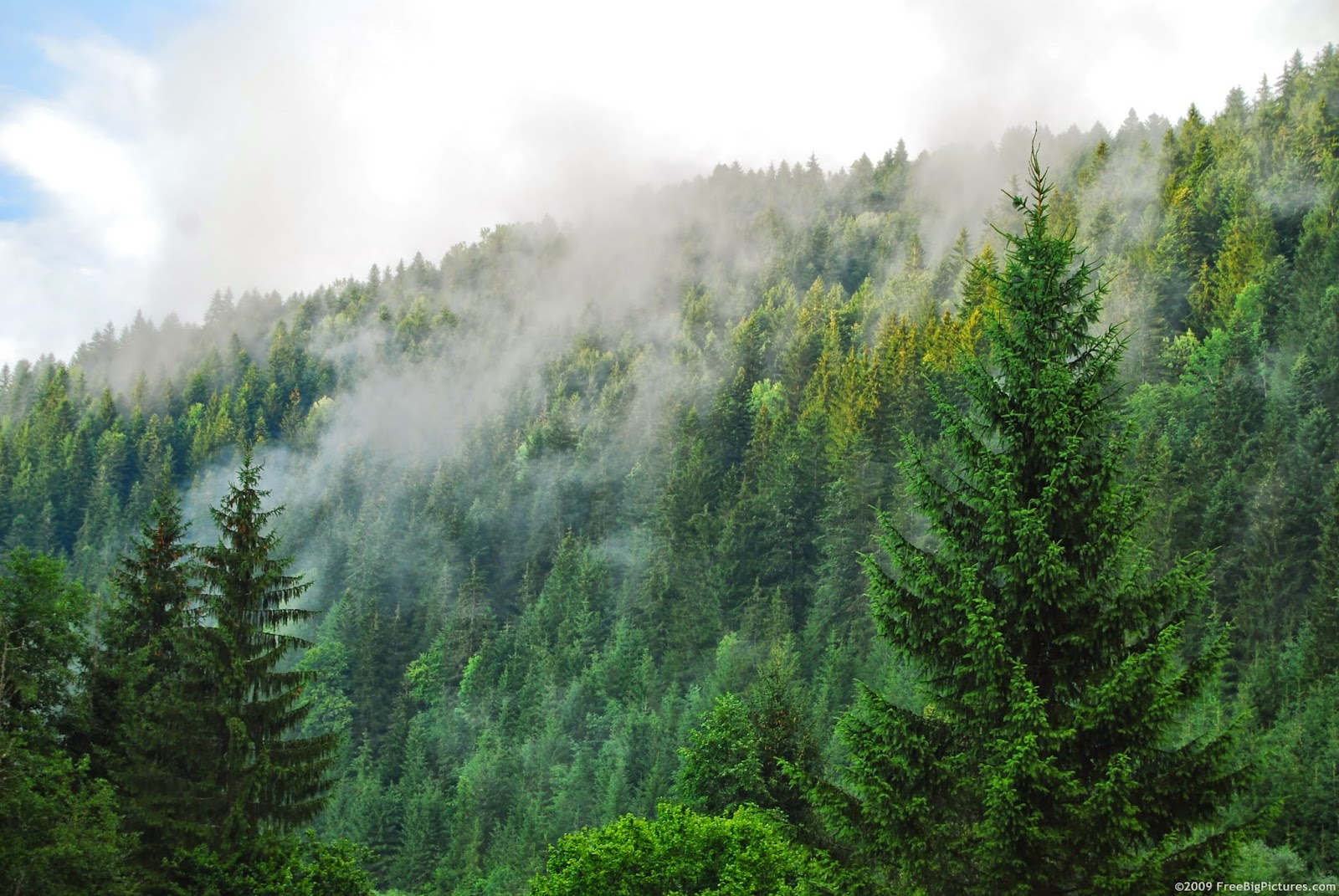As groups we were each given a different chart containing information, that, when pooled together, became the following.
Ecological succession occurs when, existing plants create environmental conditions in an ecosystem that promote the growth of a new and different community of producers. Simply put, the replacement of one community by another.
This data shows the species of trees, and how many trees are found at a certain age, which is determined by the measure of the circumference of the trunk. The chart also shows the density for each species over a 48,000 square foot area. The total density of trees in the designated area is roughly 1.2, meaning that there are 1.2 tree(s) per square foot, making the forest very dense.
On the graphs you can see that the younger trees will eventually get older and begin to thin out. The data from the charts will basically shift over to the right in the future. It will show that not many new trees were produced but the ones that were previously produced are getting older. The graphs that are higher to the right side or have older trees will move out and slowly die making room for new trees to grow and take over the forest. For example the Sweet Gum tree does not seem to be producing seedlings. The trees are moving out and will not be there anymore once other trees like the Black Birch begin to grow larger.
Based on the information collected in the lab, we can infer what the forest will look like in the future. In the near future, the most dramatic difference will be seen in the number of Sugar Maples. Considering the death rate of the Sugar Maple tree in the data we received, there were only 3 adult Sugar Maple and 579 saplings, meaning the Sugar Maple sprouts easily, but has a hard time surviving to an old age. This makes it a Type 1 Survivorship Curve. If it were to follow the same pattern, they would continue dying out, meaning only a few of the many young trees remain. Another prediction that can be made for the future of the forest is the posterity of the Black Oak, White Ash, and Sweet Gum trees. At the time of data collection, these species did not have any saplings and the trees that existed, were either mature or old. They will drop seeds and more young saplings of these species will begin to grow.










No comments:
Post a Comment